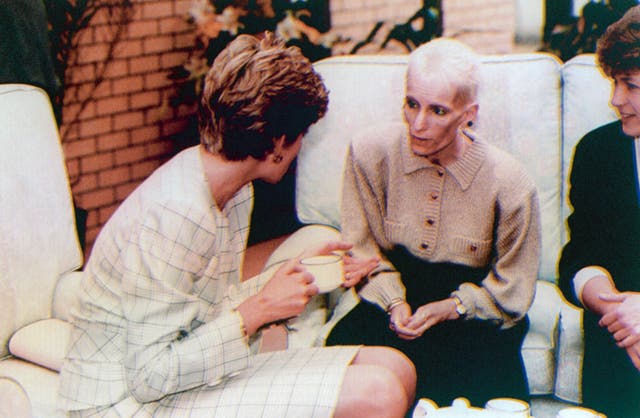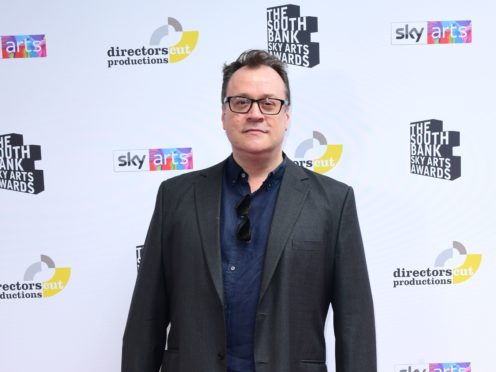Russell T Davies has said he “wrestled” with whether to make his new Aids series It’s A Sin a docu-drama.
The former Doctor Who writer said he decided to make the show a fiction, starring Years & Years singer Olly Alexander, but was “genuinely sorry” to lose the moment of Diana, Princess of Wales holding the hand of an Aids patient in 1987.
The Channel 4 drama, following five young people who first meet in London in 1981, explores their romances and friendships as new virus HIV is on the rise and, as the decade continues, how the group of friends is tested in heartbreaking ways.
It’s A SinNew drama from Russell T DaviesStarts 22 Jan on All 4 and Channel 4
— Channel 4 (@Channel4) January 11, 2021
Davies told the PA news agency: “They’re all inspired by people, because there’s always those lawyers making sure I don’t say anyone’s actually based on someone.
“But they’re not; it is a piece of fiction. I remember at the beginning, writing episode one took a long time because I had to make a very big choice as to whether to make this very factual.
“There’s a very good factual docu-drama to be made out of this, literally to be with that doctor who finds the very first case coming in. To be in Downing Street as they start to discuss it. To be in those hospitals as they started to decide to open up Aids wards.
“There’s very, very good stuff to be done there and yet, that’s just not me.
“I kind of wrestled with that. I was genuinely sorry to lose the moment of Princess Diana taking a man’s hand on an Aids ward; it was genuinely life changing for a lot of people.

“It’s no small event that, and actually, then you think, ‘Oh gosh, you’ve got to get an actor to play princess Diana’ and it starts to become about that.
“It starts to become about the clothes and hair and that’s actually all we’d be talking about right now.
“I can guarantee you, all we’d be doing is talking about that Princess Diana actor, so I’m glad I made that decision in the end.
“So once you start to separate it, quite severely, from real life, and say ‘these are fictional people’ then actually it came alive and, as you write it, you realise what the intent was, which was to create people that you love.”
Despite being set 40 years ago, Davies said the similarities with the current coronavirus pandemic are obvious, adding: “It’s weird. The PPE (personal protective equipment), and the distancing, and the isolation, and the paranoia, and the rumours.
“Isn’t it strange? History just repeats itself; here we are again.”
Davies said he is now hopeful the series will educate young people, who do not know about the Aids epidemic in the 1980s, and also encourage them to be safe.
He said: “I don’t blame any young person who doesn’t know about it. I didn’t spend my teens and my twenties looking back at previous illnesses that had swept the world.
“Literally I think one of the significant things about that enormous Spanish flu of 1918 was that we all moved on very quickly, we all ran on to have the roaring 20s and actually I don’t think there there are any memorials to the people who died in the Spanish flu; that wiped out five per cent of the world’s population.
“This virus now is nothing compared to what we’ve had in the past – five per cent. That’s so many people. So, you know, if you are young and busily moving on, I’m not going to criticise anyone.
“Nonetheless, if you do look at what’s happened in the past, your life does get richer. It’s also important to say it’s a virus that’s still around.
“I think they do say there’s thousands of people who are positive and not tested in the country right now. So, it’s still a problem.
“I think people imagine, because there are drugs now, because there are anti-viral treatments, everything’s fine; you don’t want to take medicine for the rest of your life, that’s not a good place to be in.
“So there are things to be learned.”
It’s A Sin starts on Channel 4 on January 22.
